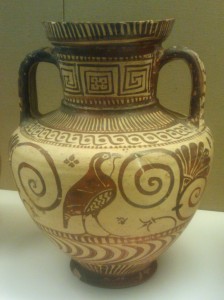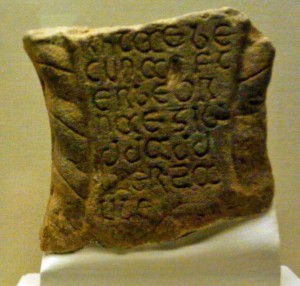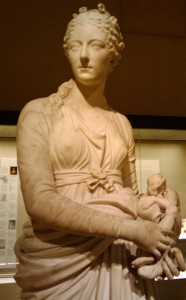by Sarah Cope
Navigating the outside steps down to the basement of Shoreditch Town Hall, I came across some women leaving the exhibition 400 Women. “I need something to cheer me up after that!” said one of them to her companion.
The subject matter of ‘400 Women’ is indeed sobering, highlighting as it does the huge numbers of women who are raped, murdered and who ‘disappear’ in Cuidad Juarez, a city in Chihuahua state of around 1.5 million people, situated on the border between Mexico and the US. These murders are separate from those related to drug cartels; they are happening simply because the victims happen to be women.
From January to October this year, there have been over 300 murders of women in Chihuahua state, which amounts to more than one victim a day. Despite being condemned by the Inter America Court of Human Rights for their inaction over these ongoing atrocities, the Mexican authorities are still not acting, and this is giving perpetrators carte blanche to continue the killings.
This exhibition came about when BBC Producer Tamsyn Challenger went to Cuidad Juarez in 2006 to make a feature on the subject for ‘Woman’s Hour’. Having met the relatives of some of the victims, she decided to bring the matter to the public’s attention though a unique exhibition.
Challenger invited 175 artists to paint a portrait of one of the missing or murdered women, using a photograph, sometimes the image of the woman used on the home-made ‘missing’ posters created by worried relatives. The 175 artists range from well-known figures such as Maggi Hambling and Cathy Lomax, to lesser known painters. Tracey Emin fans should note, however, that although her name is mentioned in the publicity for this exhibition, and her portrait of Ana Maria Gardea Villalobos (raped and stabbed March 1997) is listed in the exhibition guide, Emin did not provide her portrait due to ill health.
The space in Shoreditch Town Hall basement is extremely fitting for this exhibition – a dilapidated, spooky, ill-lit space, made up of a veritable rabbit warren of rooms with crumbling walls – is exactly the sort of place that you could imagine something very horrible happening. The darkened nature of the space only serves to heighten the vividness of many of the portraits, many of which sparkle with life and convey the vivacity of the women who have now been robbed from their families.
Alison Harper’s portrait of Perla Patricia Saenz Diaz, who was stabbed to death in February 1998, was a stand-out piece for me, with the expression of the victim being hard to decipher. This was true of a lot of the portraits – many of the women had a notable sadness in their eyes, despite their smiles – though it is impossible to know whether our knowledge of what happened to them makes this sadness more obvious.
Fred Schley’s painting of Claudia Antonia Nunez Gomez, who went missing in August 2007, is clearly a close copy of a photograph of the victim. A blurred face, an insignificant moment captured, becoming a lasting image of a woman who would be missed for ever, her family receiving no justice of any kind.
This is a profoundly moving exhibition, and Amnesty International’s involvement means that it will serve to put much needed pressure on the Mexican authorities to finally act before the murders and disappearances amount to nothing short of a genocide of the women of Cuidad Juarez.
The exhibition continues at Shoreditch Town Hall until December 5.


